Professional services to make your basement livable
What is basement underpinning?
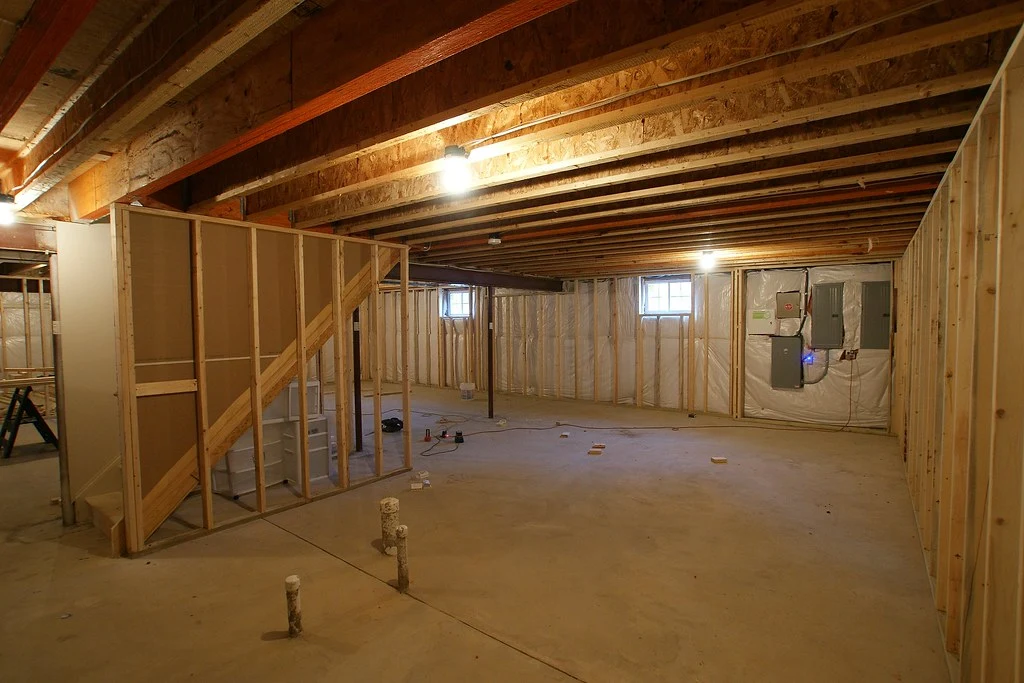
Have you ever heard of the term “basement underpinning”? It’s not a commonly known term, so you may be wondering what it actually means. Essentially, basement underpinning (also known as basement lowering) involves increasing the height of the basement roof.
For example, if your basement has a height of 5 feet but you want to increase it to 9 feet, basement underpinning is the process you would use to achieve this. The process involves creating an additional footing and installing it directly below the old footing or base of the house. This strengthens the foundation of the house and lowers the base, resulting in a stronger structure overall.
Basement underpinning is typically necessary when the foundation of the house becomes weakened due to natural disasters like earthquakes, the need to add another floor, or when trees with large roots are present inside or outside the house, which can penetrate the foundation. Overall, basement underpinning is a process that enhances the structural integrity of a house, making it safer and more secure for those who live inside.

Your Dream Basement Projects starts from here : Ignite your options with our complementary quotation
Why You Need It and When to Consider It
Basement underpinning is a process of strengthening the foundation of a building by digging to increase the depth of its foundation. There are several reasons why a homeowner might choose to do basement underpinning, including:
Addition of Floor
If you want to add an extra floor to your building, it is always safe to first go for basement underpinning before starting the construction of an extra floor. The base of the building was made to bear the weight of the floors that were built during the initial construction of the house. By underpinning the basement, you ensure that the foundation is strong enough to support the additional weight of the extra stores. This helps to avoid any mishaps such as the building sinking or collapsing under the weight of the additional floors.
Addition of Basement
Not all buildings have basements from the start, and some homeowners choose to create basements much after they have done the construction of the house. In this case, basement underpinning is required because the base of the house has to be dug down and made much lower, and on that new base, the basement is then constructed. By underpinning the foundation, you ensure that the building remains stable and strong even after the addition of the basement.
Increasing Head Space
Another reason why you might require basement underpinning is to increase the headroom in the room. Often, basements have lower ceilings, making them unsuitable for living spaces. By underpinning the foundation and increasing the depth of the basement, you can increase the headroom and make the space more livable. This can be particularly beneficial if you want to convert your basement into a living space, such as a bedroom or home office
In simple words, basement underpinning is a crucial process that can help to strengthen the foundation of a building and make it more livable. Whether you are planning to add an extra floor, create a basement, or increase head space in your basement, underpinning can ensure that your building remains stable and safe. So, if you are planning any of these renovations, be sure to consider basement underpinning as an essential part of the process.
Alternate of basement underpinning
Basement underpinning can be a complex and expensive process. Fortunately, there is a cheaper alternative called basement benching, which is only feasible if there is enough space in the basement. Bench footing involves adding an extra footing below the old one, but not exactly below it like underpinning. The added footing shifts the weight to the old one, lowering the basement floor without underpinning. This method is significantly less expensive, but it reduces the basement’s square footage.
Although benching is less expensive and less risky than underpinning, it has its own disadvantages. Reducing the area of the basement is the most significant disadvantage of benching. However, benching is an excellent choice if the foundation of the house is weak, as it involves excavating around and under the foundation. In contrast, underpinning is more costly and requires more work and time. However, it is a reliable method in the long run and does not decrease the area of the basement.
Hence, both basement underpinning and benching have their pros and cons. While benching requires less work, time, and cost, it reduces the area of the basement. Underpinning, on the other hand, is more reliable and does not decrease the area, but it is more costly and time-consuming. The choice ultimately depends on the homeowner’s preferences, budget, and the condition of their home’s foundation.
Types of underpinning we offer
Beam and Base Underpinning

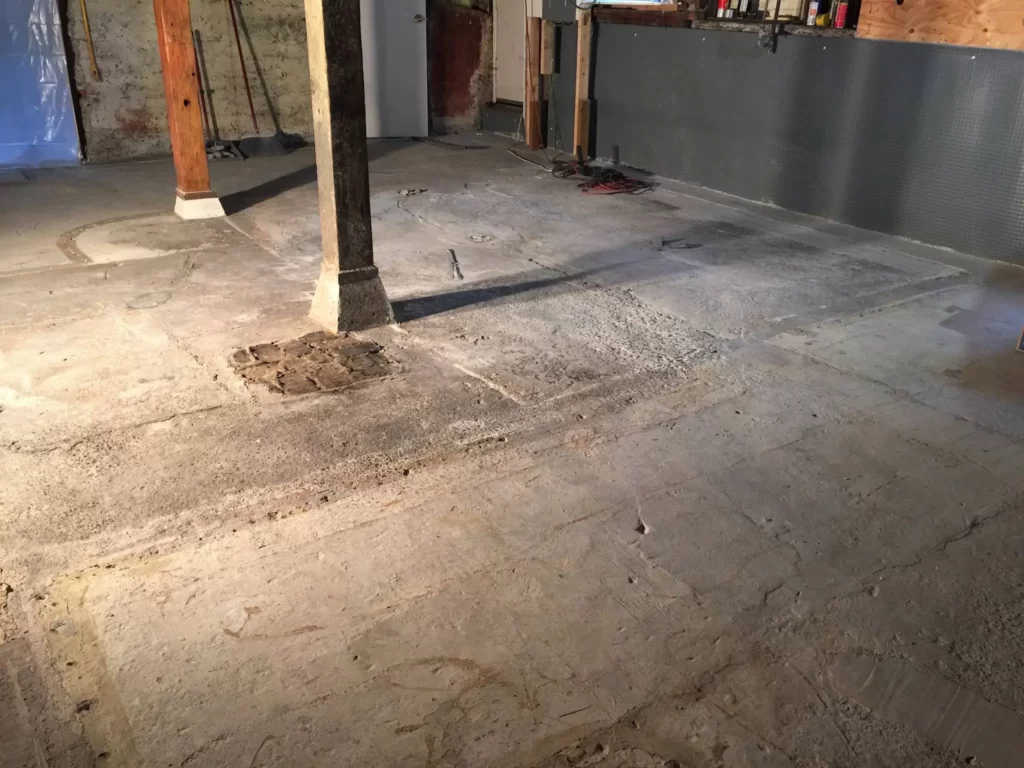
Beam and base underpinning is a well-known technique used to strengthen and stabilize buildings. This method involves strategically placing concrete structures in specific areas of the building’s foundation, rather than pouring concrete across the entire base. Once these structures are in place, a concrete beam is laid across them. This beam is responsible for balancing the weight of the building and ensuring that it is supported by the deep layers of soil beneath, rather than the upper layer. This allows the building to be held more securely and provides a strong foundation for long-term stability. With its careful placement of concrete structures and use of a beam to distribute weight, beam and base underpinning has proven to be a reliable and effective method of underpinning buildings. As experts in the field of underpinning, we specialize in beam and base underpinning and have extensive experience in providing long-lasting solutions for a range of buildings. If you suspect that your building’s foundation requires strengthening or stabilizing, we encourage you to book an appointment with us today. Our team of professionals will assess your building’s foundation and provide you with details and a personalized plan that suits your specific needs.

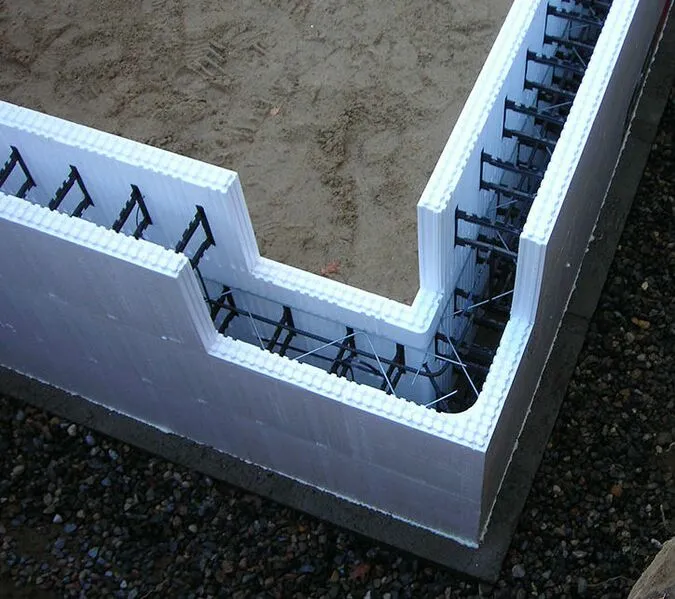
Mass Concrete Underpinning
At one time, the mass concrete method was the go-to approach for building foundations. Our team of experts at SAWW Solutions are well-versed in this technique and can provide you with exceptional service.
The process involves excavating the soil beneath the building in sections and filling each portion with concrete before moving on to the next. This method ensures that only one section is dug out at a time, allowing for greater control and stability. While this method does not require heavy machinery, it is time-consuming and requires a significant amount of manual labor. However, it is also one of the safest and most reliable methods available.
Contact us today to book an appointment with our skilled team and learn more about our foundation services.
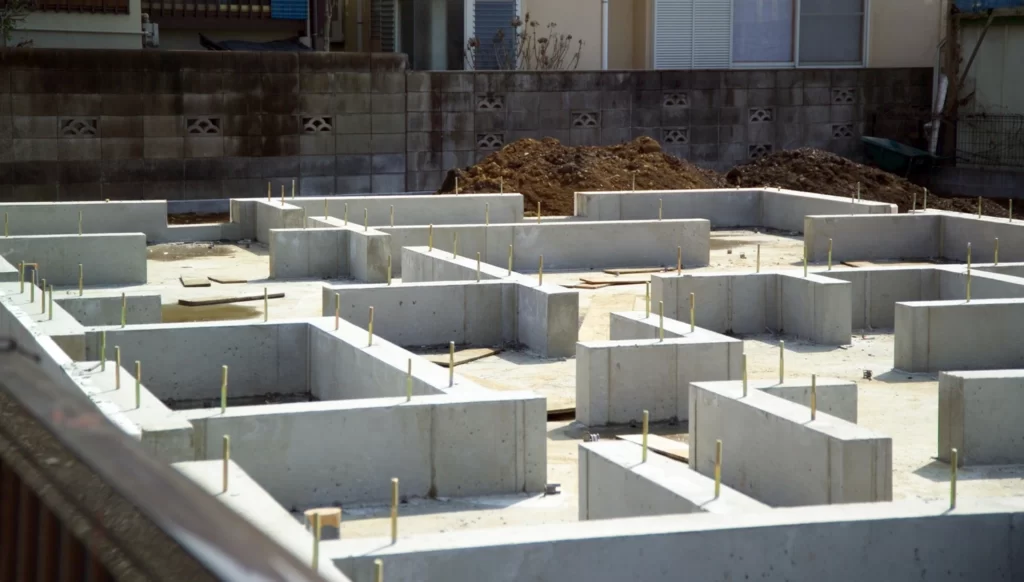
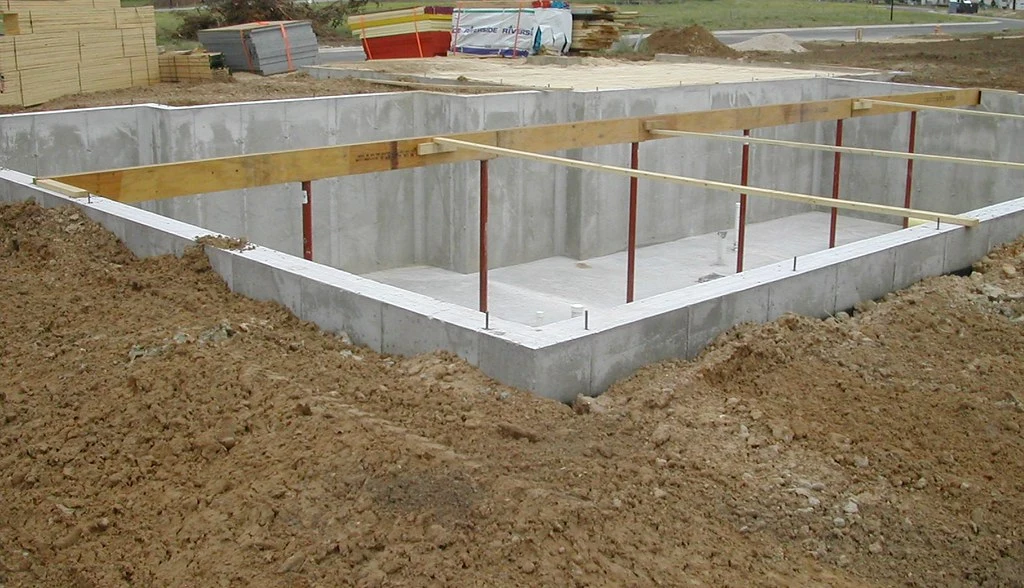
Mini Piled Underpinning
As experts in underpinning techniques, we would like to highlight the benefits of mini-piled underpinning. This method involves the insertion of steel piles into the ground beneath the building’s foundation, creating a gap that is then filled with a concrete mixture. This process creates a strong bond between the piles and soil, ensuring the stability of the building’s foundation.
Mini-piled underpinning is becoming increasingly popular due to its effectiveness in providing a secure foundation and minimizing the risk of building collapse. While this method may require more tools and equipment than other underpinning techniques, it is a worthwhile investment to ensure the long-term stability of your building. By holding the soil from deep below the surface of the earth, this method provides a superior level of support that can withstand the test of time. For further details book an appointment now.
Embark on a journey of endless options to transform your basement into your dream space now
Pros of our basement underpinning
Toronto has strict building regulations and zoning laws that must be followed in order to legalize a property. Despite this, there are several benefits to basement underpinning, which involves digging out and strengthening the foundation of the house. Below mentioned are the benefits of basement underpinning in Toronto.
Does not add to the calculable space
Toronto has very strict laws and regulations when it comes to building construction. These rules have been established to ensure that buildings are constructed safely and in accordance with the standards set by the city. Any building that fails to adhere to these guidelines will not be legalized.
When it comes to underpinning, this process can add valuable livable space to a house. However, it’s important to note that this additional space is not counted under Toronto’s zoning laws. This is because the area covered by the basement is not included in the total square footage of the land.
Despite this technicality, there is an advantage to underpinning. It allows homeowners to add extra space to their homes without the fear of exceeding the maximum limits set by the law. So if you’re considering underpinning your basement, you can rest assured that you’re not breaking any rules and that you’re taking advantage of a unique opportunity to expand your living space
Cost effective
Another advantage of basement underpinning is that it can be cost-effective. In Toronto, the average cost of underpinning a basement is over $50,000, with a cost of over $500 per square foot. However, at SAWW Solutions, we offer this service at a lower price, charging between $200-$400 per square foot. For those who cannot afford underpinning, benching is also an option, which is a cheaper alternative that can still provide many of the benefits of underpinning.
A solution to water problems
Water problems are common in basements, such as leakages from ceilings and walls. Basement underpinning can help solve these issues as it involves damp proofing, purging, and installing a vapor barrier. This can eliminate water leakage and seepage problems in the basement, making it a more livable and comfortable space.
Increase the property value
Old houses often come with low ceilings, which can create a suffocated look and make the area feel cramped. It can also be challenging to feel like a part of the house when the floors and rooms have low ceilings. However, there is a way to transform the basement into a valuable space. By increasing the ceiling height of the basement, it can be converted into a second unit, which can be rented out at a significant price. Alternatively, it can be utilized as an additional living space of the house, which can be a great place to accommodate guests, create a silent reading area, a TV lounge, or simply a rejuvenation spot.
This conversion increases the value of the house significantly. It can be rented out at a higher price, or sold at a price similar to that of a two-unit apartment. This is highly beneficial for the house owner because converting a basement into a secondary unit is much cheaper compared to making another floor to be utilized as a second unit to making another floor to be utilized as a second unit.
Therefore, increasing the ceiling height of the basement can be a great investment in the long run. It not only enhances the aesthetics of the house but also creates a valuable space that can generate income. Furthermore, it can serve as an additional space for the house owner and their guests to enjoy.
Why Choose Us?
At SAWW Solutions, we have experts who can help you determine the best type of underpinning for your property based on its condition and needs. We take care of all the legalization processes and documentation at an affordable cost, and provide a structural engineer report that shows the condition of the building’s base before and after the underpinning process.
Book your appointment with us today for details and to get started on maximizing the potential of your property.
Basement Finishing Cost Calculator
FAQs
How much time does it take to underpin a basement?
Underpinning a basement typically takes around 2-4 weeks to complete on average. The duration may vary based on the specific type of underpinning method chosen and the size of the basement being worked on. The process involves excavating and reinforcing the foundation, which requires time for the materials to cure properly. The installation of additional support structures, such as beams and columns, may also affect the timeline. To ensure a smooth and timely process, it is important to work with an experienced and trustworthy contractor who can provide a clear timeline and communicate any unexpected issues.
What are some of the common problems that occur with foundations of the house?
The foundation of a house is critical to its structural integrity, but it can experience a range of issues over time. Cracking is a common problem, with cracks appearing in the foundation itself and visible on walls and flooring. Another issue is sinking or settling of the base, causing walls to lean and floors to become uneven or sloping. Moisture damage, including water seepage and mold growth, is another concern that can affect the foundation. In addition, foundation heave, caused by soil expansion due to freezing temperatures, can result in damage to the foundation and other parts of the home. Identifying and addressing these issues early on is key to preventing further damage and ensuring the safety and stability of your home.
How much does it cost to underpin a basement in Toronto?
Underpinning a basement in Toronto can cost anywhere between $200 to $400 per square foot, depending on various factors. These include the property’s location, the type of underpinning selected, and the size of the basement. It is important to note that the cost may vary based on the complexity of the job and the contractor’s expertise. Proper research and consultation can help in determining an accurate estimate for the project.
What is piering and slab jacking?
Piering and slabjacking are two methods used to support building foundations. Piering involves drilling steel or concrete pipes or piers into the ground to support the base of the building. On the other hand, slabjacking entails injecting material like grout beneath the foundation to lift it up. Both processes have their unique advantages and are used to address specific issues. A professional assessment of the building’s foundation can help determine the best approach to take.
